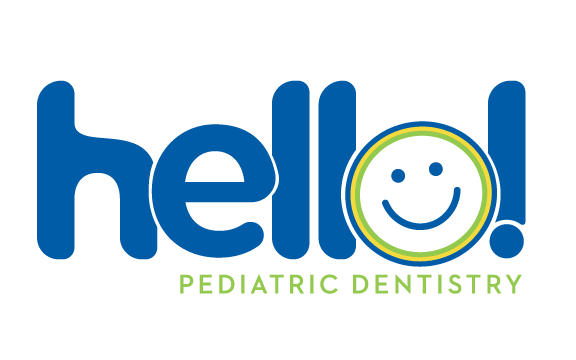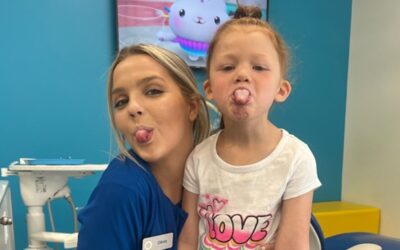HELLO! Dr. Ben,
My 7-year-old just started getting her adult teeth, and I noticed they look more yellow than her baby teeth. Is this normal? Should I be concerned?
Thanks for your help,
Curious parent in Blue Springs
Dr. Ben’s Response…
HELLO! Curious parent in Blue Springs,
You’re definitely not the first parent who’s asked these same questions. It’s a common observation among parents, and I’m glad you asked. Here are a few reasons why your child’s permanent teeth might appear more yellow than the baby teeth did and what you can do about it.
Why Do Permanent Teeth Look More Yellow Than Baby Teeth?
There are five common reasons why your child’s new adult teeth may seem more yellow:
1. Natural Differences Between Baby and Permanent Teeth
Baby teeth, also known as primary teeth, are whiter because they have more opaque enamel and less dentin. Dentin is the yellowish layer beneath the enamel. Permanent teeth have more dentin and slightly translucent enamel, making them appear more yellow in comparison.
2. Enamel Transparency
When permanent teeth first erupt, their enamel is more transparent and less mineralized. This allows the yellowish dentin to show through more prominently. Over time, as the enamel matures and mineralizes, the teeth may appear whiter.
3. Plaque and Tartar Accumulation
Inadequate brushing can lead to plaque buildup, which can make teeth look yellow. Ensuring your child maintains good oral hygiene can help prevent this.
Related reading: How Does a Cavity Form and How to Prevent or Cure It
4. What Your Child Eats and Drinks
Consuming foods and drinks like berries, soda and fruit juice can stain teeth over time. Encouraging your child to rinse their mouth or brush after eating or drinking pigmented items can help.
5. Genetics
Some children naturally have teeth that are more yellow due to genetic factors that affect enamel thickness and dentin color.
What Can You Do if Your Child’s Permanent Teeth Appear Yellow?
While some yellowing is natural, here are some things you can do to help your child’s teeth remain healthy and as white as possible:
- Make Good Oral Hygiene a Habit
Make sure your child brushes twice a day with fluoride toothpaste and flosses daily. Regular dental cleanings can also help remove surface stains.
- Monitor Diet
Limit consumption of staining foods and drinks. Encourage drinking water after meals to help rinse away potential stains.
- Avoid Professional and Over-the-Counter Whitening Treatments
Teeth whitening is generally not recommended for children under 14, as their teeth are still developing. If you’re considering whitening options, consult with a pediatric dentist first.
- Regular Dental Check-ups
Regular visits to the dentist can help monitor your child’s dental development and address any worries early.
Remember, a slight yellow hue in permanent teeth is often normal and not a cause for concern. And in the long run, maintaining good oral hygiene and scheduling regular pediatric dental visits will help make sure your child’s smile stays healthy and bright.
Best, Dr. Ben
HELLO! Pediatric Dentistry




